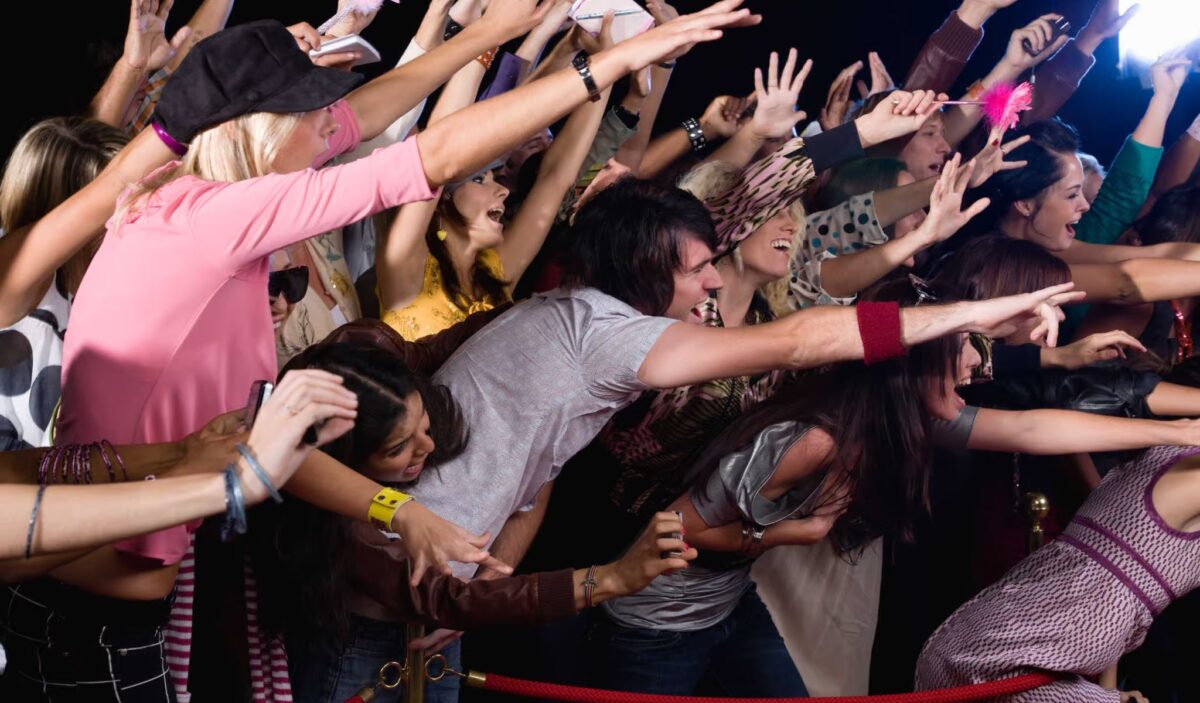A Brief History of Disease Hysteria

Commentary
For the past half-century or more, manufactured scares have been a recurrent part of life. Every year a very small number of people are killed (usually only 1) or injured by bears here in Hokkaido, Japan. However, the news media invariably plays up these incidents.
As a result, for a few weeks every year some hiking trails in Sapporo are ritually closed off to the public after some bear sightings. Many people I know have a great fear of bears, though the actual risk of being killed by a bear is extremely small. Their chances of dying in a bathtub are far, far greater.
On a grander scale, we have frequently observed the worldwide-scare phenomenon in recent history. The COVID panic should be viewed as simply part of a longer history of fear-mongering. Government officials, corporations, NGOs, and mainstream journalists often create and then exploit excessive fear, especially of diseases.
Thirty to forty years ago, the scary disease obsession was AIDS. Though AIDS is indeed a fearful, deadly malady that has taken a great number of lives, much needless panic sprang from the poorly informed, ideologically slanted treatment of the AIDS epidemic by news media, government officials, activists, and others. Inconsistently, many of them wanted the public to view gay men as uniquely victimized by AIDS and yet also to embrace the belief that AIDS was equally a threat to heterosexuals.
In his book “The Myth of Heterosexual AIDS” Michael Fumento documented the distortion and politicization of HIV/AIDS by news media, politicians, activists, and bureaucrats such as Dr. Anthony Fauci, who exaggerated the threat to the general population. Unfortunately, Fumento’s book did not get the attention it deserved, in large part because gay rights activists often threatened news programs that scheduled interviews with him about the book and got them canceled.
In Japan the AIDS scare got a boost from the popular TV drama “Kamisama Mou Sukoshi Dake” (“God Please Give Me a Little More Time”). In this tearjerker series, popular actress Kyoko Fukada played a high school girl who contracts AIDS in a one-night stand.
By focusing on a case of heterosexual transmission, the drama helped to spread the popular misconception that AIDS was equally dangerous to heterosexuals, though such cases are much less common, for biological reasons. As a result of such media treatments, study-abroad programs in Japan suffered a great deal from the fear that Japanese exchange students would contract AIDS from foreigners.
From around 1996 another disease hysteria hit the world—BSE (“mad cow disease”). In its sensationalist coverage, the Daily Mail newspaper quoted one prediction of possibly 500,000 dead people in the UK as a consequence of BSE. The BSE panic is well documented in the book “Scared to Death: From BSE to Coronavirus: Why Scares are Costing Us the Earth.” In Japan for a time many stopped eating beef altogether, including hamburgers.
The book describes how government officials and news organizations have made use of this and other scares to generate income and attention for themselves, while damaging broader economic well-being. In response to BSE, governments in the UK and elsewhere caused an immense amount of damage to their livestock industries from the slaughter of millions of animals. Japanese officials banned the import of all American beef.
Such extreme measures were taken in response to a disease that actually took very few human lives, if any at all. It was unclear whether there was any link between eating meat from BSE-infected cattle and a rare human malady named Creutzfeldt-Jakob Disease. The authors of “Scared to Death” label this whole episode as “Mad Cows and Madder Politicians.”
The SARS panic in 2003 had an even greater worldwide impact, which foreshadowed many elements of the more recent COVID hysteria. Eventually, SARS hysteria came to be widely recognized as a lamentable overreaction, even within the CDC. For example, Japanese hospitals made elaborate preparations for a disease that never actually infected a single Japanese person.
Only a total of 774 people worldwide ever died from SARS. However, one might think otherwise judging from the treatment of the sickness by some news sources such as Newsweek, which featured a masked, frightened woman’s face on the cover of an issue about SARS. Asian economies suffered significantly from the SARS panic, especially to their tourism industries.
My own personal encounter with SARS hysteria came when I planned a trip to a Singapore academic conference. Our university’s president at that time and the head of its school of humanities pleaded with me to cancel my trip since Singapore was “very dangerous.” However, I had done my own research and discovered that Singapore had already been taken off the WHO’s watchlist of countries with a significant SARS danger.
Furthermore, there was actually only one SARS patient in Singapore at that time. I judged it to be safe and refused to cancel, so I was told that on my return I had to stay away from the campus for ten days. Despite my skepticism I took with me some face masks to wear in Singapore. On my arrival there, I was surprised to discover that no one was wearing them.
The next major disease panic was the Swine flu outbreak of 2009. Contrary to alarmist predictions of massive numbers of deaths, it never amounted to much. Compared to the usual yearly seasonal flu, a large number did not die, and the symptoms were usually mild for flu infection. The health minister of Poland, Ewa Kopacz, announced that Poland would not purchase any Swine flu vaccines, as many European nations were being urged to do. Only around 170 people died of the Swine flu there, far fewer than the usual number of flu deaths.
Responses to the Swine flu outbreak were eerily similar to some of the COVID measures now. A number of important soccer matches in Europe were held without spectators. My university fell in with the worldwide panic and prepared for the worst. For the university entrance examinations held on campus, the administration doubled the number of proctors, in case many were struck down with the Swine flu during that time. However, in the end there were no real difficulties.
Afterwards, it became clear that the WHO had played up the Swine flu threat under prompting from drug companies, which hoped to sell a lot of Swine flu vaccines worldwide. A 2010 article in the German magazine Der Spiegel revealed the WHO’s complicity and the gullibility of many of Europe’s leaders and news media.
At the end of the article, the writers concluded, “No one at the WHO [and other agencies] should feel proud of themselves. These organizations have gambled away precious confidence. When the next pandemic arrives, who will believe their assessments?” Well, as it turned out, in the case of COVID, quite a few people did believe, despite this earlier fiasco.
Finally, running throughout this period up to the present day, the Global Warming Scare also deserves mention. Before COVID, the title of Booker and North’s book was actually “Scared to Death: From BSE to Global Warming.” Without getting into the scientific aspects of this matter, here I will only note that the politicization of the theory of man-made climate change resulted in the topic being thoroughly propagandized and distorted.
This approach suits the purposes of many politicians, bureaucrats, “green” corporations, NGOs, and entities such as the U.N.’s IPCC. Among others, the famous SF author Michael Crichton warned about the dangers of the exploitation of politicized science in general, as well as global warming hysteria in particular, in his novel “State of Fear.” Likewise, a number of other environmental issues have been blown up into frightening, apocalyptic scenarios, as Patrick Moore explains in his book “Fake Invisible Catastrophes and Threats of Doom.”
Clearly the COVID panic is only the latest chapter in a continuing chronicle of corruption, exaggeration, and hysteria. For those who were observant and thinking for themselves, it was not a big leap to conclude that something very fishy has been happening in recent years too.
From the Brownstone Institute
Views expressed in this article are the opinions of the author and do not necessarily reflect the views of The Epoch Times.
This article has been archived for your research. The original version from Epoch Times can be found here.

